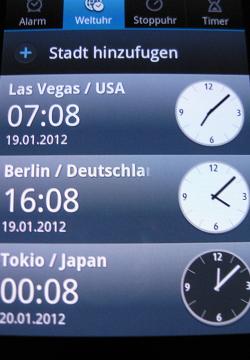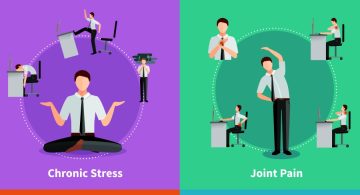日本と海外
Around the world, around the world…
Frederik
While browsing my pictures taken in the last weeks I stumbled upon this one. Somehow I was in the weird situation that having attended a Conference in the United States only two weeks before I started a two month commitment here back in Japan. So I traveled westwards from Germany to Las Vegas (turn back the watch for 9 hours), one week later eastwards back to Germany (9 hours ahead), again one week later eastwards to Japan (8 hours ahead). Having to be productive on all three locations from the very beginning I do know now that Jet Lag is not only some funny side affect, but it is seriously to be taken into account when making abroad schedules.
I always like to have some hard facts about what is affecting me, so I’d like to share what I found out. I was quite surprised that Jet Lag is officially listed in the International Classification of Sleep Disorders (ICSD) as a circadian rhythm sleep disorder. Its official name is “Time Zone Change (Jet Lag) Syndrome” under the ICSD number 307.45-0. It is described as follows:
“Time zone change (jet lag) syndrome consists of varying degrees of difficulties in initiating or maintaining sleep, excessive sleepiness, decrements in subjective daytime alertness and performance, and somatic symptoms (largely related to gastrointestinal function) following rapid travel across multiple time zones. […] the endogenous circadian system remains aligned to the environmental time cues of the home time zone. Because the adjustment process […] is slow, averaging 60 minutes of phase adjustment per day after a phase-advance shift (eastbound flight) and 90 minutes per day after a phase-delay shift (westbound flight), symptoms can last for several days after the flight.”
So let’s make some calculation for my trip and its estimated phase adjustment: 9 hours westbound makes 6 days; 9 hours eastbound makes 9 days; 8 hours eastbound makes 8 days. So in total that makes about 23 days of phase adjustment or otherwise said Jet Lag – wow…

 2025/01/10
2025/01/10 2024/03/01
2024/03/01 2023/12/01
2023/12/01 2023/06/23
2023/06/23 2023/02/24
2023/02/24 2022/12/16
2022/12/16 2022/06/24
2022/06/24 2022/06/17
2022/06/17